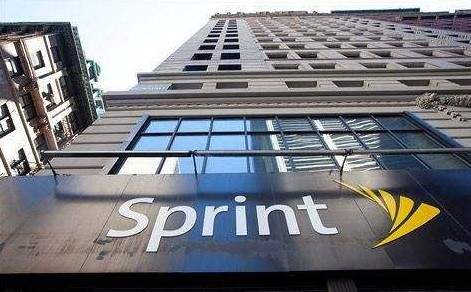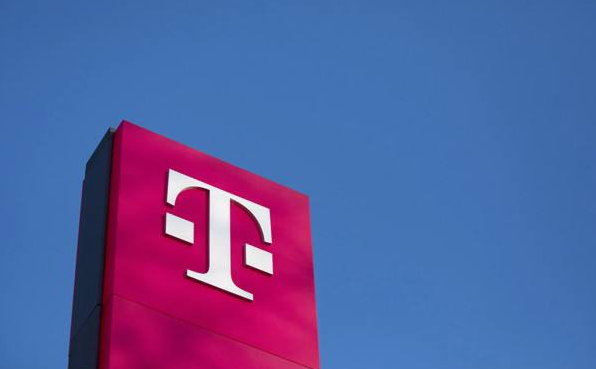
Non-standalone 5G networks rely on an LTE core and radio access network with the addition of a 5G carrier whereas standalone 5G is built on a whole new core and RAN. There are currently NSA networks on four continents, including the U.S., where Sprint and T-Mobile US are both using dual connectivity to roll out 5G.
Dual connectivity is not to be confused with dynamic spectrum sharing, which allows operators to provide LTE and 5G in the same spectrum at the same time. In dual connectivity, the handset is separately receiving LTE and 5G signals then aggregating the streams.
“The aggregate data rate that the phone can achieve is the sum of the 4G speed plus the 5G speed,” Dean Brenner, Qualcomm’s senior vice president of spectrum strategy and technology policy, explained in an interview with RCR Wireless News. This is particularly beneficial in the early days of 5G–“Even if I’m on the fringe of the coverage for 5G, I'm also getting the data rate 4G.”
Sprint’s 5G offering covers Atlanta, Dallas-Fort Worth, Houston, Kansas City, Missouri and most recently, Chicago, and is currently supported by LG V50 ThinQ 5G and HTC 5G Hub, and Galaxy S10 5G. For 5G, Sprint is using its vast spectrum holdings at 2.5 GHz and split-mode capabilities of massive MIMO (multiple-input multiple-output) equipment to support both LTE and 5G NR simultaneously. Sprint is also using dual connectivity, according to Vice President of Product Engineering and Development Ryan Sullivan.
Sprint is using what’s called E-UTRAN New Radio–Dual Connectivity, which allows the UE to connect to an LTE base station that acts as a master node and a 5G base station that acts as a secondary node. For Sprint, ENDC will allow devices to access both LTE and 5G simultaneously on Band 41.
“We are the only ones who in the world at initial launch that are going to launch LTE and 5G simultaneously on the same band and have the dual connectivity path,” said Sullivan, adding that with dual connectivity “there is less ping-ponging for the device…the handovers are much smoother. You’re able to hold a connection much more elegantly.”
T-Mobile US today announced it will use millimeter wave spectrum to offer up 5G services in parts of six cities beginning on June 28 to correspond with sales of the Samsung Galaxy S10 5G. The company published detailed coverage maps showing where subscribers in Atlanta, Cleveland, Dallas, Las Vegas, Los Angeles and New York can expect a 5G signal.
While Sprint is using dual connectivity just in the 2.5 GHz band, T-Mobile US’ 5G offering is connecting in LTE and millimeter wave 5G bands, hence the company referring to the technology as “Multi-band Dual Connectivity.”

T-Mo turned up 5G services in June in parts of Atlanta, Cleveland, Dallas, Las Vegas, Los Angeles and New York City with the Samsung Galaxy S10 5G serving as the launch device.
Source: RCR Wireless News


